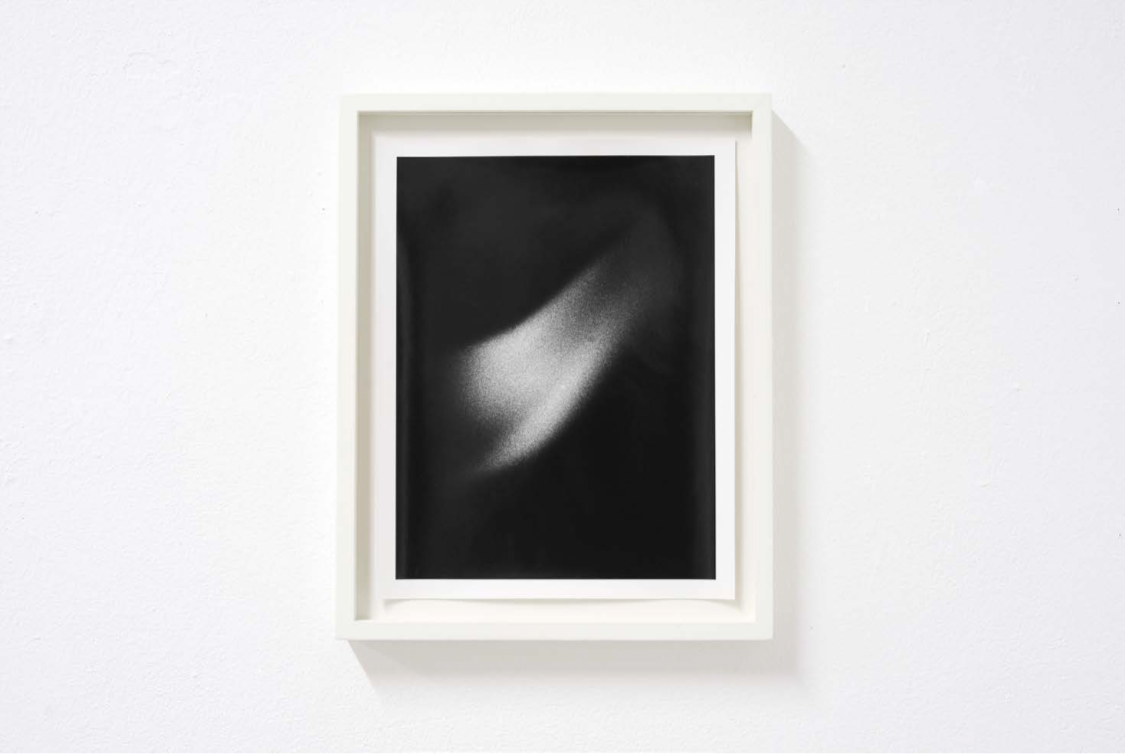SciArt Residency 2021
Philip Kanwischer

Quantum physics meets analogue photography –
Philip Kanwischer invited for two-month Artist Residency in Heidelberg
How can analogue photography and innovative research in quantum physics fit together? A groundbreaking collaboration in science communication between the international artist collective Kalamari Klub and the Collaborative Research Centre IsoQuant at the University of Heidelberg will seek to find commonalities between these seemingly disparate fields. In the fall of 2021, the artist Philip Kanwischer is invited for a two-month SciArt Residency in Heidelberg, where he will have the opportunity to produce a body of work in collaboration with scientists from IsoQuant.
Philip Kanwischer, born 1991 in Bamberg, Germany, studied photography at the Academy of Fine Arts in Leipzig, Germany and at the Accademia di Belle Arti in Napoli, Italy. In his work he combines images and text into narrative installations, studying the perception of catastrophic events and the tense relation between human and nature. His works have been included in numerous solo and group shows. He lives and works in Leipzig, Germany.
More than 170 artists from 41 countries answered the Open Call for the SciArt Residency. In a multi-level application process, Philip Kanwischer convinced the jury consisting of experts from physics, arts, and science communication.
“The quality and number of international applications we have received is truly outstanding, and we are delighted to have been able to invite Philip Kanwischer for this project”, says Prof. Dr. Jürgen Berges, spokesperson of the Collaborative Research Centre IsoQuant. “This underlines the high value that lies within the collaboration between art and science, and Heidelberg as a location offers ideal conditions for a project like this.”
Members of the jury included Prof. Dr. Jürgen Berges (Spokesperson & Board member, IsoQuant), Prof. Dr. Markus Oberthaler (Board member, IsoQuant), Tina Kuka (Coordinator & Board member, IsoQuant), Eleonora Lippi (Researcher & Board member, IsoQuant), Jasmin Meinold (Curator, Art historian), Max P. Martin (Creative Director, Kalamari Klub), Nicolas Reinhart (Artistic Director, Kalamari Klub,) and Dennis Schulz (Science Communication, Kalamari Klub and IsoQuant).
There are more events to come within the context of the SciArt Residency: among others, an artist talk and exhibition with Philip Kanwischer are scheduled for 2021 and 2022. In addition, the Collaborative Research Centre and Kalamari Klub are planning on publishing a magazine for photography, hosting collaborative workshops, and organizing other events, such as photo walks.
About the institutions:
Kalamari Klub is an international artist collective for the celebration of analogue photography. The collective runs a community darkroom in Heidelberg and has been promoting and supporting local and international artists through exhibitions, workshops, publications and residency programmes since 2016.
IsoQuant is a Collaborative Research Centre (CRC) at the University of Heidelberg focusing on Isolated Quantum Systems and Universality in Extreme Conditions. Collaborative Research Centres are long-term research institutions in which researchers are tackling innovative, challenging and complex research questions within a cross- disciplinary research program. The scientific aim of the CRC IsoQuant is to explore and gain better understanding of the question why many physical quantum systems exhibit characteristic common properties despite fundamental differences in key parameters such as temperature, density, or field strength. The cross-disciplinary approach to this research question within the IsoQuant collaboration brings together theoretical and experimental physicists from different fields and allows for a broad bandwidth of experimental and theoretical methods to solve overarching issues in physics.
Photo credits:
Portrait Philip Kanwischer: © Fine Bieler
Earthquake light (mechanical stress of photographic film), Gelatin Silver Print, Installation view, 2016. © Philip Kanwischer
